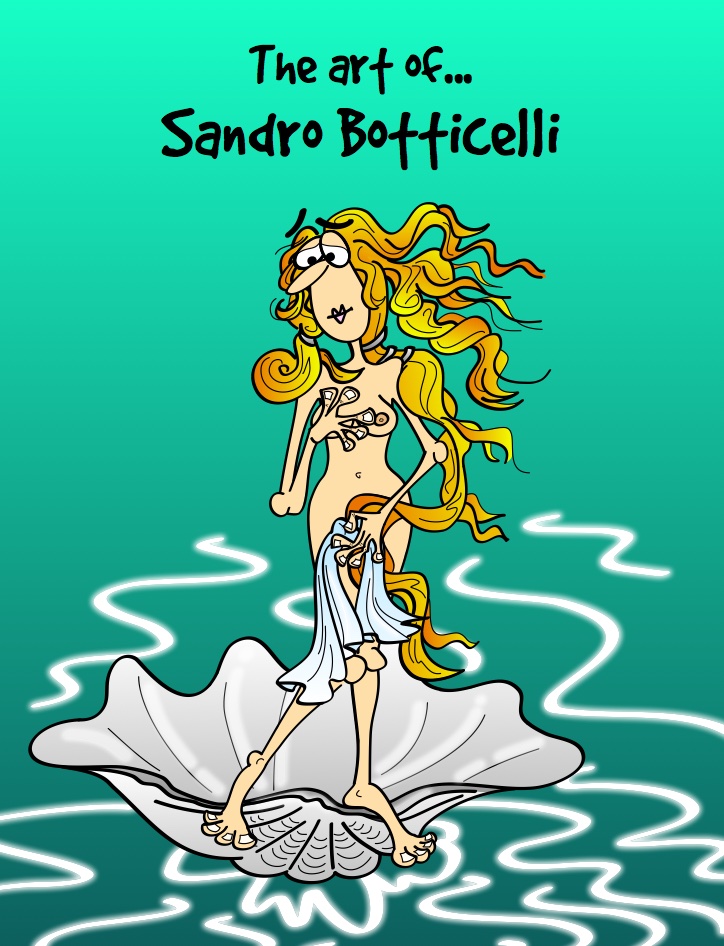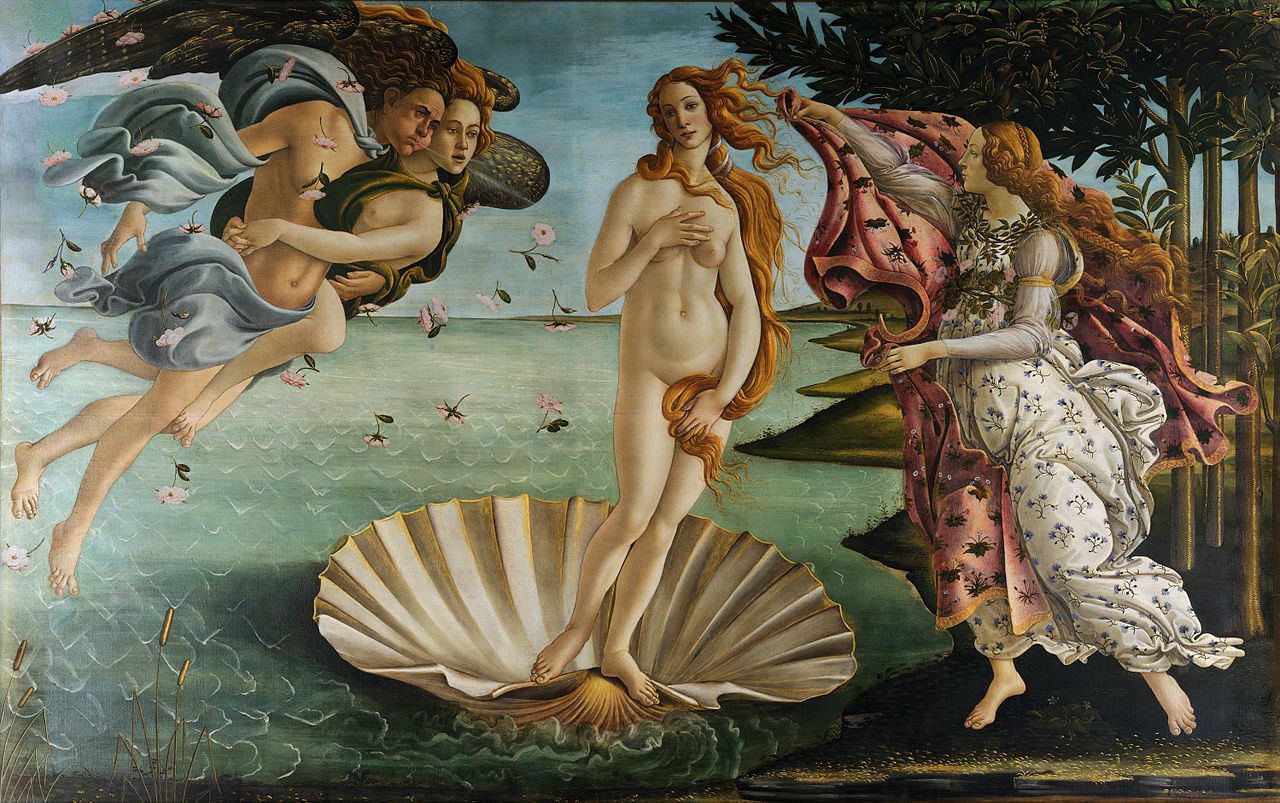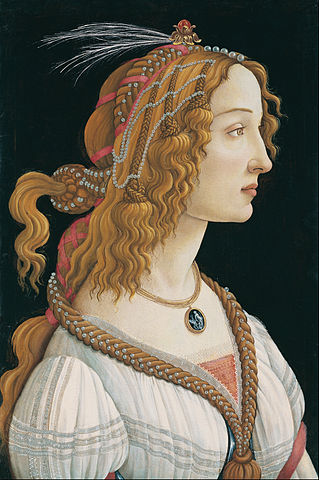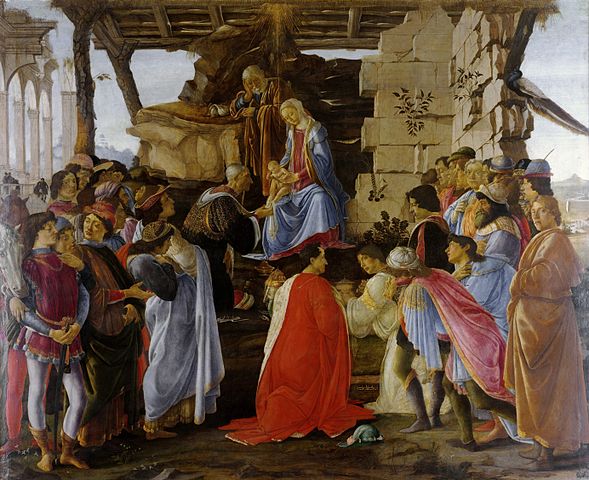

Talk Text Like Repeat
The Art of Washing
Sponge Lather Wash Repeat
The Art of Drying
Cook Wash Dry Repeat


The birth of nudity…
…or should I say ‘rebirth’? Coming out of the Dark Ages, the Renaissance was about exploring the philosophies and beauty of the ancient Rome. Art had focussed on depicting religious stories from the bible (hardly surprising when it was the religious powers who commissioned artists to work for them) and these people were depicted fully clothed (unless it was Adam or Eve). But this work explored mythology through the story of Venus in all her sensual glory as the Goddess of Love. It was commissioned by the wealthy Medici family as a painting to be hung in a bedroom. Perhaps a bit too risky at the time, it was not seen by the public for over 50 years.
The birth of beauty
The painting is elegant and explodes to life through the use of symbology. Venus rises out of the foamy waters, almost floating in stance upon her clam shell. She is surrounded by the flower of love, the rose. Her hair, full of blonde red locks gently wave in the breeze. Although not adorned with rich jewels and precious metals (let’s face it, she doesn’t need it, her natural beauty speaks for itself), Botticelli highlights Venus’s hair with rich golden paint.
 The birth of the stretched canvas
The birth of the stretched canvas
Up until the early renaissance, most art for the public was painted on wooden panels. Canvas didn’t hold the perceived value of wood and hence was used more so for personal collections. Luckily the start of this trend continued as canvas proved over time to have advantages over wood, which was prone to damage from humidity.
Although not unusual to mix your own paints, the process Botticelli used was uncommon and consisted of tempera pigments using minimal fat which he then covered with a layer of pure egg white. For this reason his work has an appearance similar to a fresco, full of colour and freshness.
The birth of Botticelli’s one true love
It is believed that Venus was inspired by Simonetta Vespucci (portrait left by Botticelli) famed as the most beautiful woman in Florence at the time. She is thought to have been his muse for the painting, even though she had died 9 years earlier at the tender age of 22. She was married to America Vespucci, a nobleman, and for Botticelli, this love was not to be during his lifetime. However, his request to be buried beside her in the Church of Ognisantti was undertaken and a plaque remains there today.

Alessandro di Mariano di Vanni Filipepi, known as Sandro Botticelli: 1446 – 1510 Credit: Public domain WikiCommons
Did you know?
The self portrait of Botticelli is considered a probable self portrait and not in the form of how we would view a self portrait. Botticelli is one character within a much larger piece of work called Adoration of the Magi in 1475. Adoration of the Magi is a traditional name given to what we commonly refer to as a nativity scene, where baby Jesus and Mary are worshipped by the three kings (Magi).

Adoration of the Magi. Credit: Public domain WikiCommons